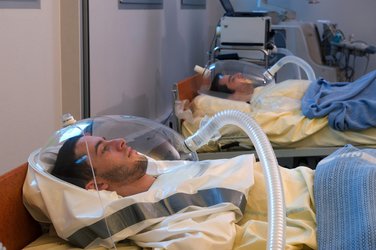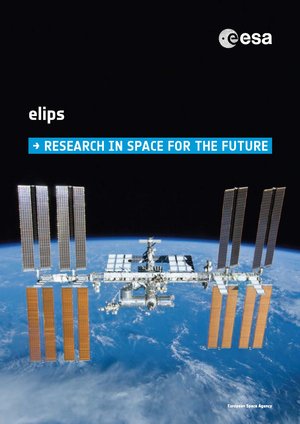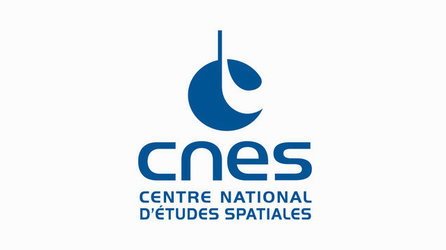Who takes part?
Volunteers need to be healthy people between the ages of 20 and 45. Most importantly, they should be highly motivated.
Bedrest studies are no walk in the park. Participants enjoy no privacy for the duration of the study. In addition, they are constantly monitored and examined by sometimes invasive equipment which can be painful as well as a chore.
Bedrest involves lying down, for sometimes up to 90 days, a long time to be part of any research group, let alone one where you are not allowed to walk. Participants are expected to complete the whole programme or the research has little value. Pressure is high to continue the experiment regardless of discomfort or personal problems.

In addition, volunteers need to be able to take time out of their normal life. Although family and friends may visit during the experiments, subjects cannot attend important family events.
Life after the study needs to be taken into account. Participants need to organise what they will do afterwards because they may not be able to take up their old job.

Bedrest studies often attract people looking for a change who can afford to retreat from everyday life for a few months. Their motivation can be for medical, personal or scientific reasons. Sometimes they just want to do their part for space travel.
After all the discomfort, the volunteers can feel proud that they have done their part for medicine, science and space travel. If humans ever walk on Mars or live in space for long periods, it is partly thanks to the bedrest volunteers.















 Germany
Germany
 Austria
Austria
 Belgium
Belgium
 Denmark
Denmark
 Spain
Spain
 Estonia
Estonia
 Finland
Finland
 France
France
 Greece
Greece
 Hungary
Hungary
 Ireland
Ireland
 Italy
Italy
 Luxembourg
Luxembourg
 Norway
Norway
 The Netherlands
The Netherlands
 Poland
Poland
 Portugal
Portugal
 Czechia
Czechia
 Romania
Romania
 United Kingdom
United Kingdom
 Slovenia
Slovenia
 Sweden
Sweden
 Switzerland
Switzerland































